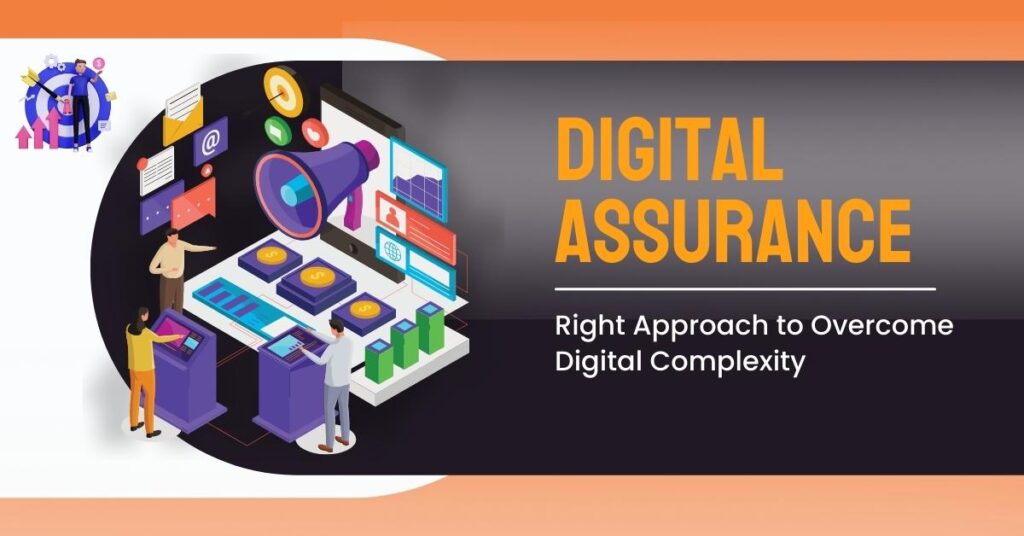In a post-pandemic era, the meaning of the word ‘Digital’ has gotten a new dimension. There has been a paradigm shift in the way everyone is using digital technology, and companies are no exception. The concept of Digital Assurance is tagged along with the rising dependency on digitalization in all spectrums of organizational activities.
At present time, the interactions between organizations, customers, stakeholders, and partners have moved online; and eventually, it has changed the dynamic of business and our lives as well. To ensure smooth interactions between these components in this digital ecosystem; one needs a set of quality assurance practices – which is called Digital Assurance.
Let’s Talk About Digital Complexity…
To meet the goal of the organization, all four nexus of components; that is Social, Mobile, Analytics and Cloud must work in synchronization for the success of the digital transformation. However, to obtain the transformation, technical complexities have become more challenging, leading to Digital Complexity.
Apart from technical complexities, the speed to market and product quality are two important components of the Digital Complexity Paradigm. It is important to restructure the business process to make it digital-first.
How can Digital Assurance overcome Digital Complexity?
To maintain agility and a customer-centric approach, organizations need Digital Assurance. It will evaluate the complete digital value chain that includes web portals, web content, digital marketing strategy, digital assets, and digital analytics along with a complete digital ecosystem of cloud, big data, mobility, and connected gadgets.
With a proper Digital Assurance Program and Testing Solution; the organizations can ensure seamless digital transformation while dealing with all the aspects of complexity, speed, and quality of the products.
In this era of evaluation, technological and digital advancements are facing huge challenges. With every new development, the level of expectation is also getting higher. Moreover, this growth of digital technology exponentially affects the life of the product as well. On the other hand, the demand for innovation is constant, leading to a no-end cycle of innovation.
It is a real challenge for companies to keep up with the expectation of innovations. Only a proper Digital Assurance Strategy can help the company to evaluate the strength and capability of the company to achieve the expectation of the consumers.
Conclusion:
It is time for organizations to restructure the business models, processing models, and customer strategies to change the approach to a digital-first policy. The robust Digital Assurance strategy will help the organizations to complete the seamless transition from traditional QA infrastructure to the digital-first interface.

